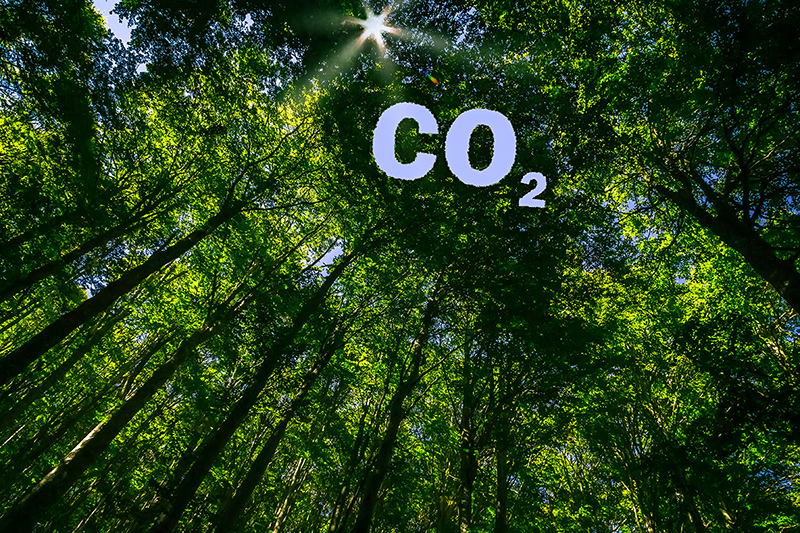
Fictitious commodities: the forest carbon market in PNG
By Andrea Babon, Colin Filer and Bryant Allen
9 March 2023
A recent investigation reported in the Guardian newspaper suggested that more than 90% of the rainforest carbon credits issued by Verra, the not-for-profit organisation that administers the Verified Carbon Standard (VCS), do not represent real emission reductions. The Guardian investigation makes no specific mention of Papua New Guinea, but a recent ABC Four Corners program about “carbon colonialism” has begun to fill that gap. Here we provide more detail about the latest twists and turns in PNG’s forest carbon market.
The table below summarises the information contained in the PNG project proposals listed on the Verra registry.

The April Salumei project is the sole survivor of a raft of forest carbon schemes that were being proposed in 2009, when the PNG government first decided to clamp down on voluntary forest carbon projects and evict the so-called “carbon cowboys” from the country. By 2012, this was one of five pilot projects listed in the draft National Forest Plan produced by the PNG Forest Authority, and it was awarded a VCS certificate in 2013. Most of the documents currently contained on the Verra website date from that early period, although some of them seem to have been updated in 2017.
When PNG’s Climate Change Management Act was passed in 2015, the government’s ownership of the April Salumei project was transferred to the Climate Change and Development Authority (CCDA), whose minister was still promising to allocate more government funding to the project in 2019, but only if the local landowners would agree on a benefit distribution mechanism. An organisation called Tasman Environmental Markets responded to the Four Corners program by declaring that the project “has been delivering transformative, positive outcomes for climate, nature and people for almost 13 years”. However, there is no evidence of landowners receiving any benefits at all since 2015. Verra has recently suspended its registration of the project pending further submissions from the proponent.
New Ireland Hardwood Timber (NIHT) should have earned more than USD8 million from the sale of more than 1.3 million carbon credits since the Topaiyo project was registered by Verra. People interviewed by the Four Corners team said that no landowner in New Ireland had so far received more than PGK200 (about USD57) from NIHT, which seems to be the amount they received up front for signing pieces of paper.
Although the project supposedly covers an area of 110,000 hectares in two provinces, the carbon credits sold to date originate from a much smaller area – less than 11,000 hectares – on the west coast of New Ireland, which NIHT calls its “first project activity instance”. While NIHT claims that the larger project area contains 47,000 “beneficiaries”, the number of people with customary rights to the land within this smaller area could be more like 470.
The agreement that covers this “instance” was signed by representatives of a single clan based in two villages. However, villages in this part of PNG typically contain the members of several clans, while a single clan typically has members dispersed across several villages. Representatives of other clans and residents of other villages in the same area signed up to a large-scale forest conversion concession in 2015, at the same time that NIHT obtained the signatures of a few men who are probably not the only customary owners of the area that is meant to be protected.
Even these few men have had second thoughts about their agreement with NIHT, while other landowners in the area have since thrown in their lot with ForCert, a civil society organisation which already has one forest carbon project under development in East New Britain.
The NIHT people may only have been collecting the signatures of what are known in PNG as “paper landowners”, but they have at least made visits to local villages. The same cannot be said of Kanaka Management Services (KMS). The Four Corners team revealed the absurdity of the first KMS project in PNG, but the second one is even more preposterous, since it purports to cover an area that would make it the largest forest carbon project in the world.
We submitted a lengthy critique of both projects when Verra invited public comments in 2022, but expert local knowledge does not appear to count for much in the fabrications of the global forest carbon market, where KMS was voted “best project developer” in one set of voluntary carbon market awards for 2022.
In March last year, PNG’s environment minister announced a moratorium on voluntary forest carbon projects. This was simply a reiteration of what had been the national government’s policy for more than a decade. During that time, the CCDA played host to a range of donor-funded projects and teams of consultants who were supposedly helping to build the different elements of a national policy framework. Workshops continue to be organised, and local NGOs continue to engage in the policy process. But these activities have no impact on how project proposals make their way through Verra’s registration process.
The problem is that CCDA and Verra both currently lack the capacity to tell the difference between a project that has genuine community support and may actually benefit local landowners, and a project that is simply designed to benefit the companies that buy and sell carbon credits.
About the author/s
Andrea Babon
Andrea Babon has a PhD in international environmental governance from Charles Darwin University and is an independent researcher and consultant.
Colin Filer
Dr Colin Filer is an honorary professor at the Crawford School of Public Policy, Australian National University.
Bryant Allen
Bryant Allen is an honorary associate professor in the Department of Pacific Affairs at The Australian National University.
